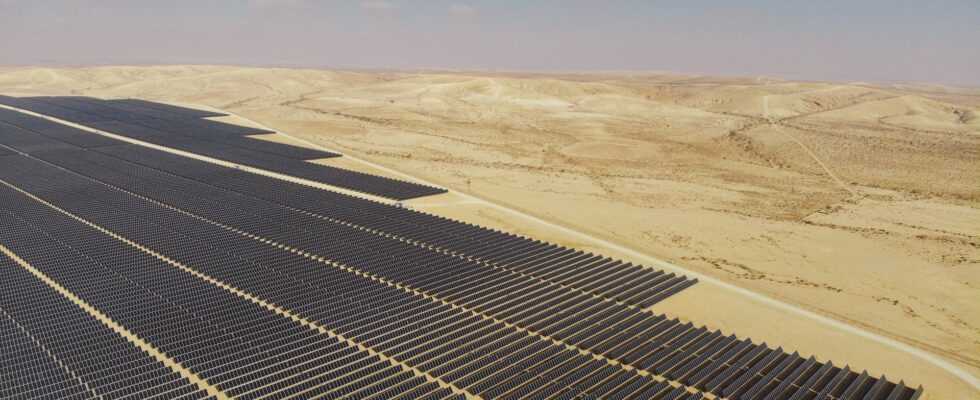Computer simulations suggest that large-scale photovoltaic systems on the Arabian coast of the Red Sea increase rainfall in the coastal plain. A working group led by Suleiman Mostamandi from the King Abdullah University of Science and Technology in Saudi Arabia calculated the effect of different surface covers on regional air currents and concludes that a darker surface increases the inflow of humid air. As the team reports in the “Journal of Hydrometeorology”, the additional precipitation from solar systems could theoretically meet the needs of up to five million people. However, the working group points out that the computer model is idealized. Nevertheless, it shows that changing land cover can in principle increase precipitation from humid sea air on dry coasts.
There is a paradox behind the analysis. The air over the Red Sea contains a lot of water because evaporation is high. Nevertheless, the coast is very dry because little of it rains. Previous attempts to get the moisture to rain down – for example by »seeding« clouds with condensation nuclei – have been largely unsuccessful. According to the model of Mostamandi’s team, the key to more rain is the reflectivity of the earth’s surface, the so-called albedo. A brighter surface reflects more light and cools, while the surface and air heat up from a lower albedo. The latter is helpful, perhaps surprisingly.
In the models, the experts examined how precipitation changes assuming a higher or lower albedo or a coastal plain covered with forest. The result: Both a higher albedo and forest cool the surface. This reduces the temperature difference to the sea and the pressure drop that drives air currents. The wind that blows from the sea to the land weakens, and with it the transport of moisture. If, on the other hand, the land surface becomes darker, the effect is reversed. The land is getting warmer, the pressure drops due to the rising air and draws in more humid air from the sea. In addition, the simulations suggest that more water reaches higher layers of the atmosphere, where it can condense and rain down.
